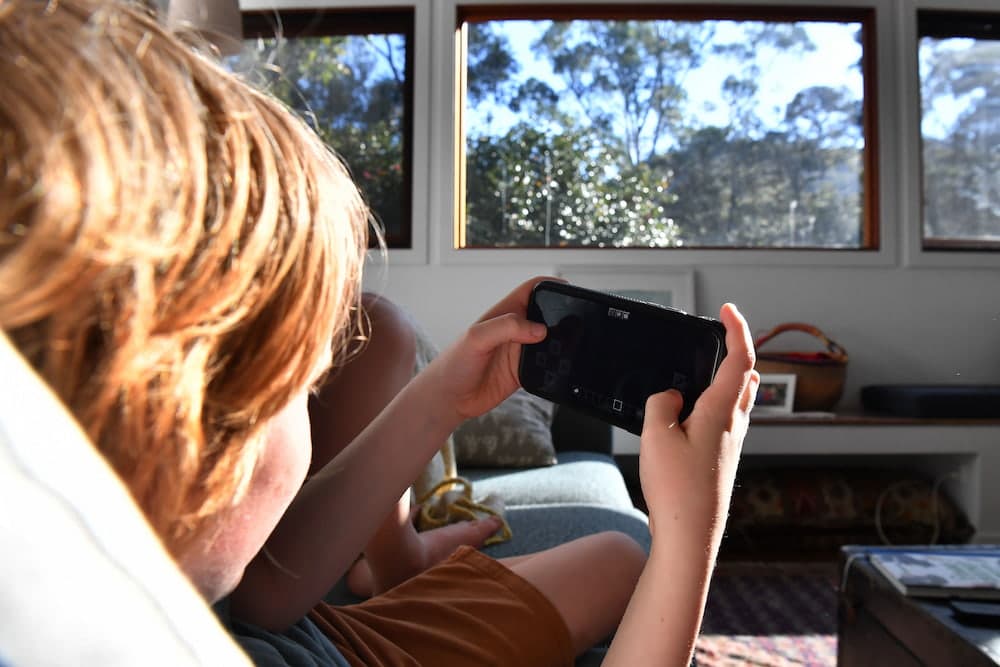The overwhelming majority of Australian adolescents are spending excessive amounts of time glued to their screens, a habit that could put them on a trajectory for developing chronic diseases.
A study of 11-14 year-olds has found nearly 86 per cent of them exceed the national recommended guidelines of no more than two hours of sedentary recreational screen time per day, not including time spent on school work.
The research, published in the Medical Journal of Australia, asked 6640 year seven students to complete an online survey about their exercise, sedentary recreational screen time, sleep and diet, as well as alcohol and tobacco use.
It found 85.9 per cent of them exceeded the recommended television and electronic device screen time limits, nearly 78 per cent did less than the recommended hour of exercise a day and 61.3 per cent did not get enough sleep.
It is recommended 13-year-olds get nine-to-11 hours’ sleep a night, and 14-17 year-olds get eight-10 hours.
More than half of the students also reported their diet was poor.
Associate Professor Leigh Tooth, Principal Research Fellow at the University of Queensland, praised the research by Champion and colleagues, which found when it came to screen time, the numbers were getting worse.
“When the government first released screen-time guidelines social media wasn’t such a thing,” she said.
“Now, just about every child has a smartphone, and they’re getting them younger and younger.
“It’s here to stay, it’s not possible to ban it, so we have to manage it.
“If they are going to spend time on screens, then let’s make sure that time is as enriching as possible.”
Ass Prof Tooth said GPs could play a role in guiding conversations about healthy lifestyles.
“We’re talking about diet, screen time, body weight, physical activity, sleep, substance misuse – they all play a part, and if the balance is wrong, the trajectory that child can take in terms of their risk for chronic disease development can change,” she said.
Those factors were among the main drivers for chronic disease development, which was happening earlier, sometimes starting in adolescence.
GPs also had an opportunity to raise awareness with parents.
“A child will model their parents. If the parent is on the phone 24 hours a day, not exercising, eating badly, then the child sees that.”
AAP
Get all the latest Canberra news, sport, entertainment, lifestyle, competitions and more delivered straight to your inbox with the Canberra Daily Daily Newsletter. Sign up here.



